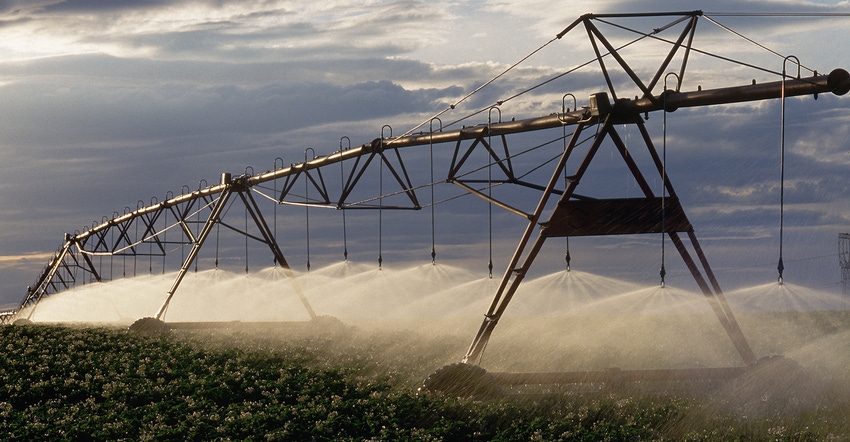May 29, 2020

The current water year here in the Klamath Basin has seen low rainfall and snowpack below normal levels. Water availability for local farms and ranches served by the Klamath Irrigation Project and through private surface-water diversions will be limited to levels significantly below requirements. In these circumstances, rural communities are forced to pull together, stretching water resources as far as possible in an effort to survive to the next year.
However, management of local surface water resources — driven primarily by state and federal management decisions heavily influenced by tribal and Endangered Species Act considerations — could create drastically inequitable and unworkable conditions for local farmers and ranchers.
Grave impacts of these types occurred in 2001. In that year, Klamath Project farmers and ranchers were denied water under the auspices of the ESA, based on then-current hypotheses that were later found — by no less an authority than the National Academy of Sciences — to be unsupported and unscientific.
The 2020 irrigation season is the most challenging water year facing Klamath Project irrigation districts and contractors in at least two decades, if not ever. Unfortunately, this scenario is becoming the norm, and will ultimately render Klamath Basin agriculture to be nonviable, eliminating the sole source of income for family farms that are the backbone of economic and socioeconomic activity in our community. It will bankrupt family farms and send economic and psychological shock waves throughout every local sector that has been dependent on agriculture for more than a century.
In addition, wildlife and their habitats on ranches and in national wildlife refuges will suffer from the absence of food, cover and water that has long been provided, as well as weed infestation and wind erosion that can be abated only by our farmers and ranchers as stewards of land in production.
Familiar challenge
History appears ready to repeat itself, despite nearly two decades of ESA-driven water management that has failed to produce a demonstrable upswing in ESA-protected suckers and coho salmon. Meanwhile, hundreds of other local species that rely upon the water delivery system and farmlands are at risk, including an area considered one of the most productive spring staging areas for waterfowl in North America.
Klamath River water is a finite resource, subject to competing demands. Demands for water can already exceed available supplies in normal years — let alone during times of drought-induced shortages. In recent years, agricultural irrigation water has become the default “reservoir” to meet growing environmental and tribal trust demands.
We must go beyond these perceived easy answers that focus on funneling farmers’ irrigation supplies to other competing uses and move toward a new, locally driven paradigm of water and environmental management: one that accelerates progress towards recovery of ESA-listed fish species. This will ultimately benefit farmers and ranchers, tribes, fishermen and their communities up and down the Klamath River.
Keppen is executive director of the Family Farms Alliance.
About the Author(s)
You May Also Like




